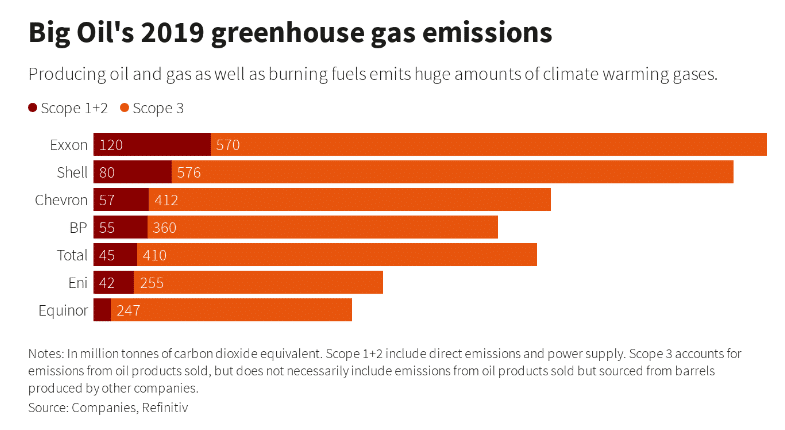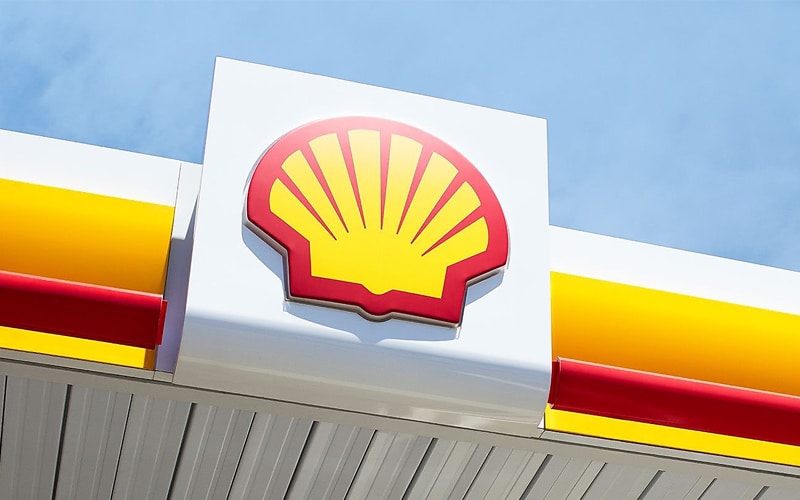Energy giant Royal Dutch Shell plans to eliminate net carbon emissions by 2050, an improvement from the initial 65% target, according to Reuters. The company seeks to expand renewables and low-carbon business as investors’ pressure to battle climate change intensifies.

- Shell aims to reduce net intensity carbon emissions by between 6% and 8% from 2016 levels by 2023, 20% by 2030, 45% by 2035, and 100% by 2050.
- Shell’s carbon emissions peaked in 2018 at 1.7 gigatonnes, and its reduction plans cover end-use products.
- The company’s spending will stay tilted towards oil and gas in the near future as plans to grow its low-carbon businesses, including biofuels and hydrogen, gains momentum.
- Shell aims to rely on its retail business, the world’s largest, and will increase the number of sites to 55,000 by 2025 from the current 46,000.
- The company plans to increase the number of electric vehicle charging points to 500,000 from the current 60,000.
- In the near term, Shell plans to invest at least $5 billion a year, splitting the investment roughly in half between its trading and retail business and renewables units.
- Shell’s oil and gas production will get a larger share of the budget at $8 billion, the liquefied natural gas business will be allocated $4 billion, while chemicals and refining will attract up to $5 billion.
- Shell’s emission reduction plans come when oil production is expected to gradually reduce by 1% to 2% a year from a peak of about 1.8 million bpd in 2019.
Shell stock is currently declining. RDSA is down 2.35%



